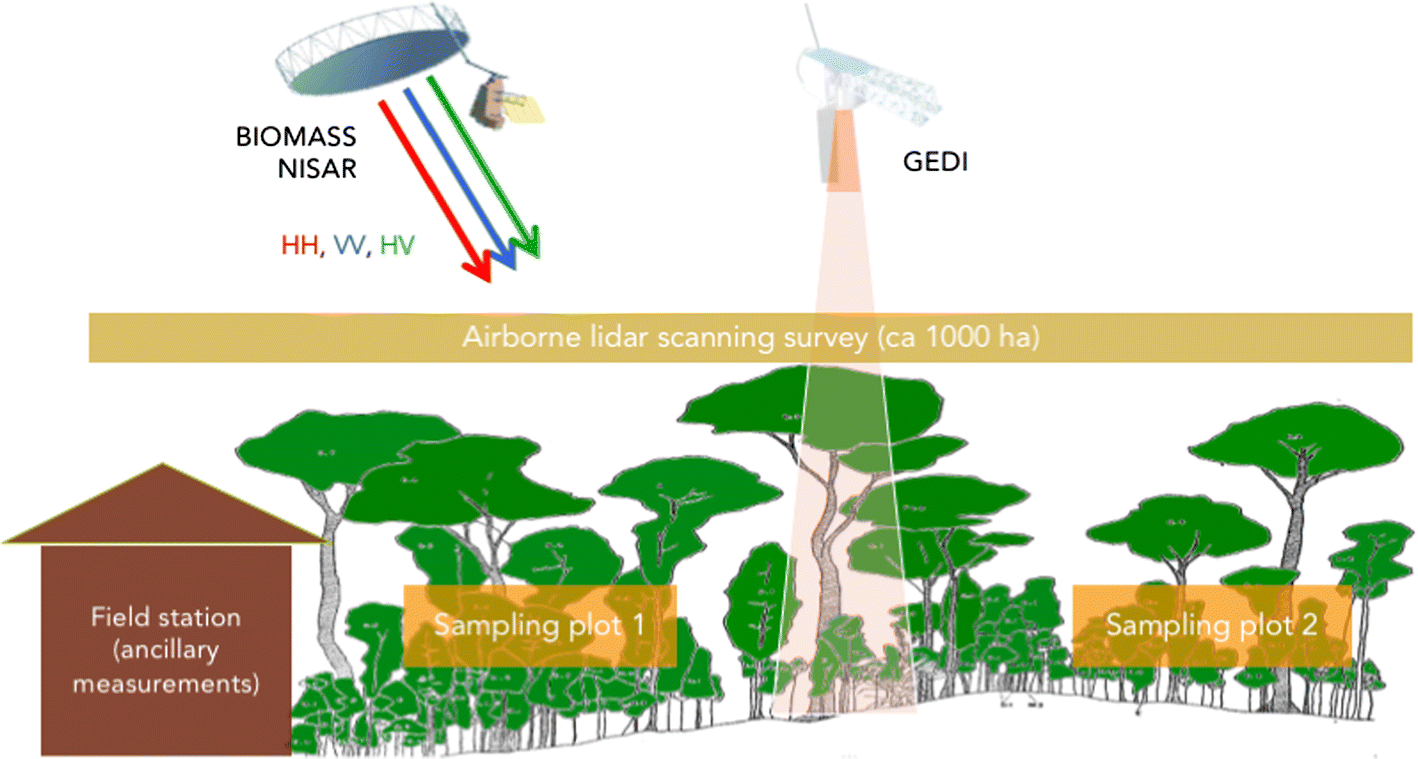Earlier this year I was part of a bid led by Lisa Bentley, from Sonoma State University, to explore new methods to estimate fuel loads and fire impacts in forest plots in Northern California. Lisa's bid for CALFire funding was successful (yay!) and as part of it, we are helping Lisa's team deploy TLS in these plots to see how well it can be used to estimate standing fuel, deadwood, brash etc. by looking at plots that were affected in the fires of 2016. The aim is to see how new tech (lidar, drones, mobile phones etc) might augment or improve existing fire risk assessments.
The urgency of this was brought home very starkly by the huge fires that broke out right in the area we were working, and much more widely, and are still burning as I write this at the start of November 2019. The Kincade Fire in particular has burned right through the Pepperwood Preserve, as well as causing mass evacuation, rolling power blackouts etc. It's hard to imagine how life must feel for people living in close proximity, knowing that a period of dry weather followed by Santa Ana winds, and a spark can lead to this. Lisa and her kids were evacuated late October - all safely back now thankfully. But the conditions leading to these kinds of fires are seemingly only going to get worse i.e. prolonged drought periods followed by high winds.
Phil and I flew out in late September, and met up with Lisa and her team at Pepperwood. Pepperwood itself is an amazing 3200 acre site, in the Mayacamas Mountains between Sonoma and Napa counties, and is home to the non-profit Dwight Centre for Conservation Science, which carries out all kinds of public outreach activities as well as facilitating cutting-edge science.
| The field team in one of the plots affected by the 2016 fires - all these trees (pines) are dead from the previous fires and so at some point will fall, becoming fuel for future fires. |
 |
| The pine plot shown above, but looking up to the crown. These are large trees (probably > 40m) and so you can get an idea of how severe the fires were in 2016. |
The TLS scans were being collected in about 25 plots spread across Pepperwood, each 50 x 50 m i.e. 0.25 ha. The sites were a mix of deciduous (oak and other), evergreen (pine), and more savanna-like plots in the rolling hills.
 |
| Panorama of an early morning walk to a lower stature oak-dominated plot, with mist lying over Santa Rosa in the distance. The site is a working ranch so cattle grazing plays a strong role in the nature of the plots. |
 |
| One of the plots reached from the walk above, showing the steep terrain in places down to creek beds as well as the noticeable impact of fire. |
| Working in the Dwight house, or accommodation for most of the time we were there. Great views from the balcony! |
We were lucky to be able to stay for much of our trip in accommodation actually on the Preserve, in the Bechtel House, which adjoins the Dwight research station. The view from the lounge out over the hills was pretty spectacular, and the sunsets even more so!
| Sunset / moonrise looking West from the porch of the Bechtel House, with Hairy Mountain in the foreground. |
The weather was sunny but cool - having seen forecasts of 30+ degrees (C that is) Phil and I were maybe a little underprepared for overnight temperatures down in the low single figures and frost on the windows. Phil and I were reduced to sharing a hat.


Lisa's team very quickly picked up the challenge of using the TLS and the software, and were soon zipping through the plots, processing data and starting to think how to use them (them, Paris). A key part of this is likely to be how to provide baseline estimates of fuel loads that can be compared to used to update, the more rapid but more qualitative line transect estimates of fuel that form the basis of routine assessment currently. The challenge is to find ways to improve on those estimates, using approaches that are rapid and easy-to-deploy if possible. Lisa's team also used our ZEB-REVO to scan the ground layer - can those data be used to estimate ground fuel and even duff for example? Meanwhile, Matt Clark was collecting UAV spectral data over the same sites, in order to explore the possibilities for using eg SfM to estimate fuel loads over wider areas.
| Lisa, hard at work, controlling the Riegl with her cellphone (in left hand) - master of all she surveys. |
Phil noticed this cool oak growing out of a large rock so we scanned it will Paris and Sean were climbing it. Phil then generated a nifty Sketchfab model of it!
| Rock-grown oak. |
We'll be back with Lisa's team next year, to carry out measurements at other sites, as well as potentially back to some of the existing plots if they've been affected by fire again in the current season.





